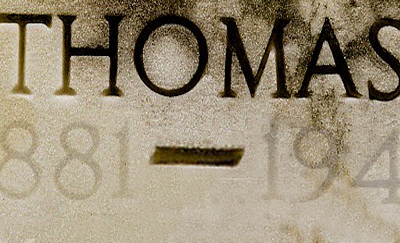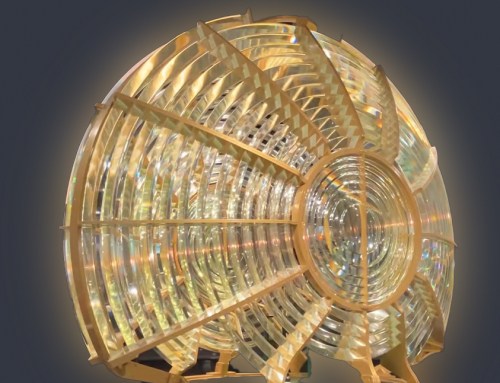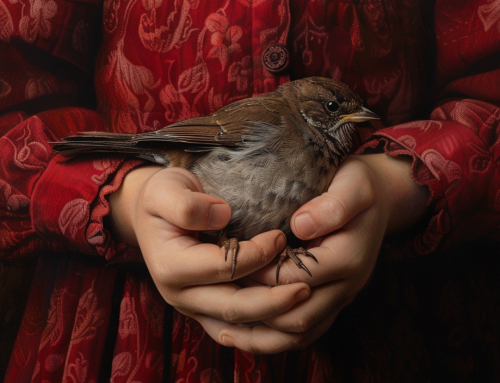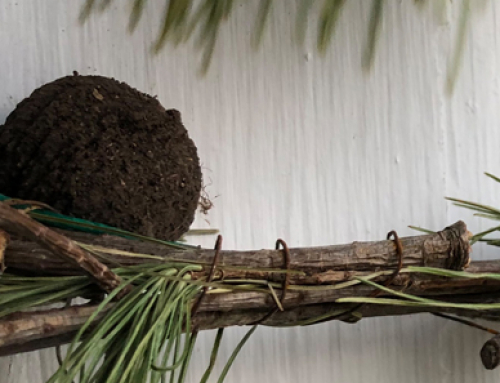March delivers change: the first bud of a tree leaf, the sound of runoff from melting snow, and the cardinals’ long-awaited songs. These changes comfort us. We are familiar with the patterns of spring. Even when we lapse toward earlier winter patterns of record snowfalls, cancellations, and hockey playoffs, we accept transitional times (with some complaints!) because we still have a deep knowing that spring is on the way. This is something instinctive—we just know it. The question is: How do we begin to feel a deep knowing in other areas of our life?
Small things make a big difference. They catch our attention, speak to evolving and connecting, and remind us of our true nature. Start small, it is the beginning of something momentous. Recall how one factor changed everything in your life: one minute, one visit, one contact, one suggestion, one step, one release, one Aha! Remembering those circumstances, how can you make a difference in the life of someone who is experiencing loss, death, or dying by doing one, small something?
One minute to hold someone’s hand and extend Heart Speak (no words) to convey love and support.
One visit to offer respite and solidarity to an exhausted caregiver.
One contact to a friend you haven’t communicated with for many years, bringing connection, tears, and forgiveness.
One suggestion that brightens the prognosis of someone, affording greater personal dignity.
One step toward end-of-life conversation and listening to someone who has no family and few friends.
One release that brings visible relief to someone who has been concealing something for years.
One Aha! that encourages a true knowing of being One with Source, safe, never alone, and deeply loved.
Focusing on changes that comfort you when you’re faced with end-of-life living leads to ease and peace-of-mind. Things like completing a Healthcare Directive, having open conversations about your wishes, and planning your legacy reduce anxiety and unknowns for everyone.
Since you don’t know when, the circumstances, or where you will die, becoming familiar with some of the physical, psychological, emotional, and spiritual patterns connected with loss, death, and dying is a good thing. Physical aspects include stages and signs of dying, as well as explanations and ways to make the loved one feel more comfortable. Naps, or periods of unconsciousness, occur more often and last longer as the dying process continues. Knowing what to expect at this time lessens panic and promotes understanding and steadiness. Some of these same patterns surface for those experiencing loss.
Psychological patterns of the mind and emotions of the sub-conscious assist those who are trying to understand what the dying person or person experiencing loss may be thinking or feeling and to explain reactions. The dying person is in the process of accepting death and withdrawing from earthly life. The original five stages of grief, established by Elisabeth Kübler Ross, were denial, anger, bargaining, depression, and acceptance. More often than not, this pattern is not clear-cut, but a “spaghetti” approach, with people moving uniquely in and out of the stages.
Spiritual patterns at the time of loss and dying can focus on moral and ethical concerns, religion, and values and beliefs, especially when loved ones have not pondered the meaning of these concepts at an earlier time. As people continue in the dying process, they begin to lose their filters around ego and time, so it is not unusual to witness feelings and words of confusion, even defiance. As loved ones are in life, so they most likely will be in death.
As a family member or close friend, it is wise to know that loss, death, and dying unfold more graciously when you stop controlling procedures, stop insisting that you are all-knowing, and stop panicking during transitional times of setbacks and additional information. In short, go with the flow! Simply offer your quiet presence, love, and focus.
All energy begins with the unknown and returns to the unknown. Energy can never be destroyed or created; it can only be transformed. No matter the manifestation of energy: human, tree, cat, or stone, the agreement was to experience who you truly are—Source—on earth. When enough life experiences have reminded you of your true self, an innate knowing grows. Experiences—particularly those of loss, dying, and death—are recognized as divine unfolding. Life experiences offer great mysteries of transformation. There is nothing to fear. As your journey becomes more heart-centered, you remember who you are and expand your scope of deep knowing.
From a higher vantage: In the poem, “The Dash,” by Linda Ellis, the dash symbolizes the totality of your life, the span of years between the dates of your birth and death. Thinking of life as a short dash catches your attention, and makes you wonder about the person and the evolving and connecting that unfolded. Did the individual have a deep knowing? Then you begin to think about how you have evolved and connected. Are you living with a deep knowing about your true nature? If so, you’re probably smiling broadly. If you’re still wondering, trust that the dash holds great promise.
© 2022 In the Thick of Things






